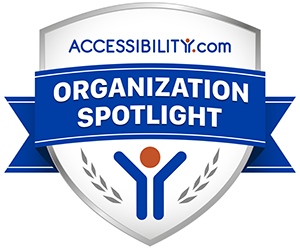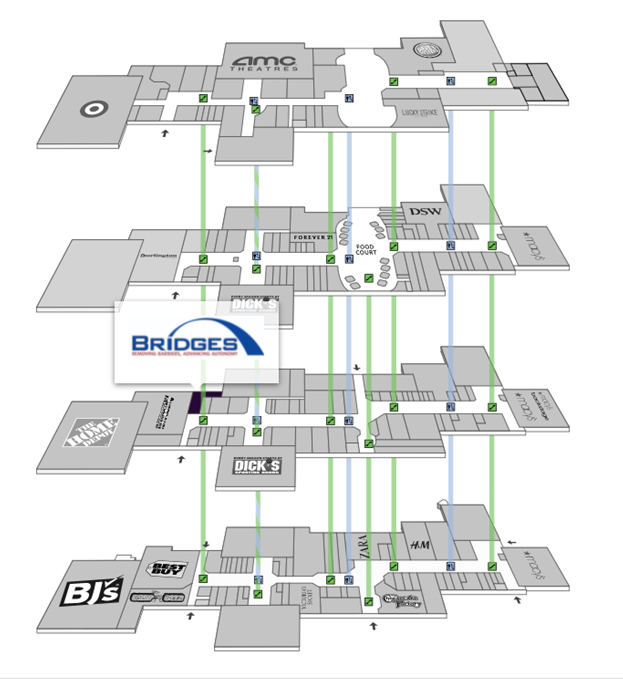By: Esther Choi
More than 90 percent of deaf children are born to hearing parents. Following the newborn hearing screening, when presenting the news that their child has a hearing loss most doctors start the conversation with, “I’m sorry.” The most common view of Deafness is often referred to as the “medical/pathological” model. The view refers to when a deaf individual is perceived as someone who cannot hear. This perspective is one where an individual who is deaf is seen as someone who is lacking or deficient. They are seen as less than, because they may not possess the ability to “speak” or “hear” as an able-bodied person would. Since parents are naturally inclined to want their children to be like them, it’s easy to say that a child’s ability to listen and speak will lead to the child being a happy, healthy and a successful member of society.
What the hearing world calls deafness as a deficiency, the Deaf community counters with “Deaf gain.” It avoids negative or derogatory terminology such as “handicapped,” “hearing impaired” or “mute.” Most deaf people self-identify with terms such as Deaf, Hard of Hearing, Deaf Blind, Deaf Plus (Deaf with other disabilities) and others. Deaf people who identify with the Deaf community and communicate through a form of signed language — here in the United States, American Sign Language (ASL) — consider deafness as primary cultural identity. Some Deaf individuals use the capital “D” rather than a lowercase “d” to indicate that they are a part of an independent, unique culture who share a common culture and communicate through a shared sign language. The hearing world only sees deafness as a deficiency. But to the Deaf community, deafness is a part of their own culture.
Deaf culture and sign language bring unity, identity, and connectedness to a community. However, some people still viewed sign language as negative impact on a deaf community. For example, in the past, there were educator reformers who believed that using American Sign Language may harm young child’s learning and development of written and linguistic English. Oralism (or moralism) or use of speaking and listening is the only way for a deaf child to be a productive member of society. They encouraged schools for deaf children to fundamentally change their teaching methods of using ASL to oralism. After oral-education resolutions were passed at the Milan Convention in 1880, deaf students were increasingly forbidden to sign in schools; some reported having their hands tied to their desks to “encourage” speech. During the ban of ASL, the emphasis on the use of the spoken word over written English further hampered the linguistic development of young Deaf. It devastated many people who use ASL as their primary communication/language for many generations.
Can you imagine, “What if being in a Deaf school, with no communication barriers between one’s teachers and peers, is the least restrictive environment?”
To keep society’s definition of normalcy from becoming too narrow, the hearing community should accept deaf individual as who they are. Hearing world should view deaf people as equals then it would stop differences, coercion, and forced assimilation. Deaf culture should be allowed to reach its full potential in their ways.




